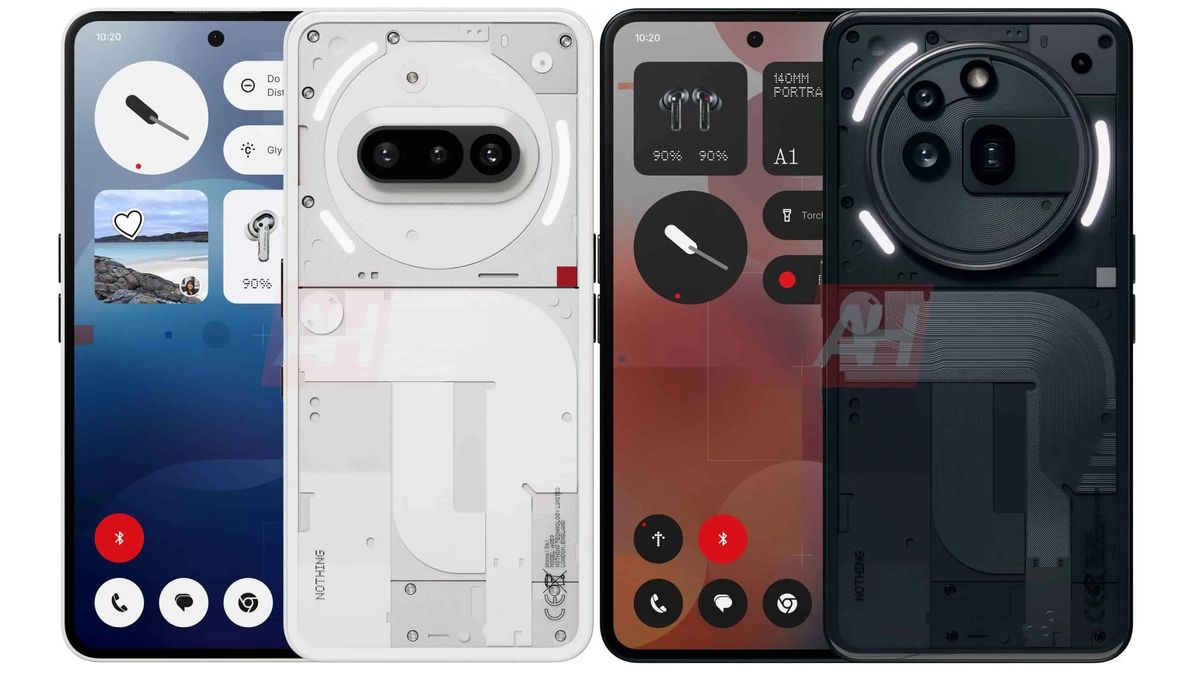Forgot the password to your Windows PC and can’t log in? Don’t panic, Windows lets you reset a forgotten password, whether you use a Microsoft account or a local account. Changing the password for a Microsoft account requires some form of authentication, while changing it for a local account prompts you to answer the security questions you set up. You can also create and use a password reset disk on any USB stick.
Beyond using a password, you’ll want to enable a backup authentication method for signing into Windows. You can set up a PIN, picture password, security key, fingerprint, or facial recognition. And if you use a Microsoft Account, you can also implement two-step verification, though you may still need to use your password in certain situations. Here’s how to reset your password and sign in again.
Recover a Microsoft Account
If you’re using a Microsoft Account in Windows 10 or 11 and can’t remember your password, click the I forgot my password link at the Windows login screen. You must then confirm your email address and choose how you want to receive your verification code.
(Credit: PCMag / Microsoft)
Click Get code, then check your email or text messages for the code. Enter the code in the appropriate field and click Next. You can then create a new password for your Microsoft Account. Click Next when finished, and Windows will confirm that your password has been changed. Click the Sign in button, then return to the sign-in screen. You can now enter your new password and log in to Windows just as you did with your old password.

(Credit: PCMag / Microsoft)
Recover a Microsoft Account Online
If you bump into any trouble attempting to reset your password directly in Windows, you can try resetting it online. Open the Microsoft Account website on a different device and click the Sign in button.

(Credit: PCMag / Microsoft)
Enter, or confirm, an alternative email address through which you can reset your password, then click Get code. Enter the code sent to your alternative email address and then create a new password.

(Credit: PCMag / Microsoft)
If you don’t have an alternative email address, you may still be able to recover your account by creating one and then responding to a series of account recovery screens. At the window asking to verify your identity, click I don’t have any of these. The next screen asks you to confirm the email address for the account you’re trying to recover.

(Credit: PCMag / Microsoft)
You’re then prompted to enter an alternative email address. If you don’t have one, look to the Where should we contact you? header and click create a new one with Outlook.com. Scroll to the bottom of the next page and click Create an account, then go through the process of creating a new account. You may be asked to respond to a CAPTCHA check.

(Credit: PCMag / Microsoft)
Return to the account recovery page and type the address for the new account you just created. Click Next, then sign into your alternative email address and find the code that was sent to your inbox. Enter it at the recovery page to confirm you own this Microsoft account. The next screen asks for your name, date of birth, and other details, so fill them in and click Next.

(Credit: PCMag / Microsoft)
You’re then asked to enter your previous passwords and history with Microsoft products. Fill in as much information as you can, then click Next. You’re also asked for the email addresses of any contacts you recently wrote to as well as subject lines you may have used in emails. Fill in the information and click Next. If you haven’t provided enough details, you’ll receive a notice asking you to add more information.

(Credit: PCMag / Microsoft)
Once you’ve added enough detail, you’ll receive a notice indicating that an email will be sent to your alternative address to recover your account. Open the email sent to your inbox and click the included link to reset your password. Enter the email address for the account with the forgotten password, then click Next. Now create a new password and click Next.
You’ll then receive a notice that your password has been changed. You can then click the Sign in button to sign into your account online or return to the Windows login screen to sign in from there.

(Credit: PCMag / Microsoft)
Recover a Local Account
Microsoft has made it increasingly difficult to use a local account with Windows (and especially Windows 11). If you manage to set up this type of account, you’re required to create security questions during the setup process. These are essential to recovering your account in the future. You can change your security questions at any time.

(Credit: PCMag / Microsoft)
In Windows 10, go to Settings > Accounts > Sign-in options and click Update your security questions. Enter the password for your local account, choose your security questions, type the answers, and click Finish.

(Credit: PCMag / Microsoft)
Windows 11 has no visible option for updating your security questions. However, there is an unofficial workaround using a manual command. Press Win key + R to open the Run dialog box and enter the following command: ms-cxh://setsqsalocalonly. Click OK, then enter the password for your local account. You can then update your three security questions. When done, click Finish.

(Credit: PCMag / Microsoft)
Now let’s say you forget the password for your local account. From the Windows sign-in screen, click the arrow next to the password field or press the Enter key. Enter the answers for your security questions and then click the arrow next to the last answer or press Enter. Windows will tell you that the password is incorrect. Click OK and then select the Reset password option that appears.
Recommended by Our Editors

(Credit: PCMag / Microsoft)
You’ll see the three security questions that you previously set up. Enter the answer for each one, then click the arrow next to the last answer or press Enter to submit your response to the prompt. You’re then prompted to create a new password. Enter the new password twice, then press Enter to change it and gain access to Windows again.

(Credit: PCMag / Microsoft)
Recover a Local Account With a Password Reset Disk
Another way to recover the password for your local account is through a password reset disk. This is an option that needs to be set up beforehand, but it only requires a USB stick. To set this up, sign into Windows with your local account and plug a USB stick into your computer. Launch Control Panel in icon view, then click User Accounts > Create a password reset disk.

(Credit: PCMag / Microsoft)
This will open the Forgotten Password Wizard menu. Click Next, then confirm the USB drive you wish to use, and click Next again. Enter the password for your local account and click Next.

(Credit: PCMag / Microsoft)
You can then enter the password for your local account and click Next. The wizard will tell you when the process has completed. Click Next and then select Finish to finalize the creation of your password reset disk.

(Credit: PCMag / Microsoft)
Now, if you ever forget your Windows password, and don’t remember the answers to your security questions, you can turn to your USB stick with the password reset disk. Plug in the drive, press Enter at the Windows password prompt, and click Reset password.

(Credit: PCMag / Microsoft)
Instead of answering your security questions at the next screen, click Use a password reset disk instead at the bottom to open the Password Reset Wizard. Click Next, confirm that the USB stick is connected, and then click Next again. Enter a new password twice and add a hint that will help you remember it in the future.

(Credit: PCMag / Microsoft)
When you’re finished, click Next. Click Cancel at the security questions screen and go back to the sign-in screen. From here, you can now log in with your new password.

(Credit: PCMag / Microsoft)
Like What You’re Reading?
This newsletter may contain advertising, deals, or affiliate links.
By clicking the button, you confirm you are 16+ and agree to our
Terms of Use and
Privacy Policy.
You may unsubscribe from the newsletters at any time.

About Lance Whitney
Contributor











